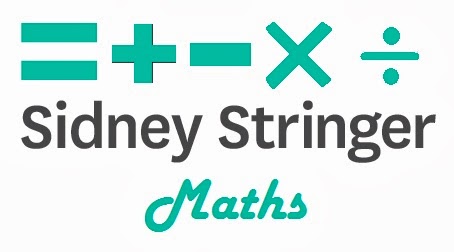Last week one of my colleagues shared with us his way of getting students to discover and remember the surface area of a cylinder.
Around the top of the cylinder it says "circumference". By wrapping the text around like this, I think it makes it obvious that the length all the way around the cylinder is the circumference of the top circle.
In the middle it says height. Some arrows would be good here to show exactly which measurement we mean.
You would discuss with the students ways of working out the area of the curved surface. Hopefully a student will have the idea of unfolding it to make a net. At this point the scissors would come out.
Annoyingly Steve (head of department) chose to cut this one down the middle, breaking up the words. I would have cut it just before the "c". But I'm that kind of person.
Students will recognise this shape as a rectangle. They can see that the width is the height of the cylinder, and the length is the same as the circumference. They can then change this into a formula involving pi, r, and h.
I think the best thing about this is the student can stick it in their book, or better: slip it into a pouch at the back of their book, so whenever they need it, they can get it out, fold it and unfold it, and remind themselves of where the formula comes from. Far better than referring to a formula in a neat little box somewhere in their notes.
Each week I will be sharing our Friday hotspot with you on this blog. I will probably share this on a Monday rather than a Friday, which I hope doesn't really annoy you! It's the kind of thing that would bug me. But again, I'm that kind of person.
This post was written by Emma Cooke, Sidney Stringer Academy, Coventry







